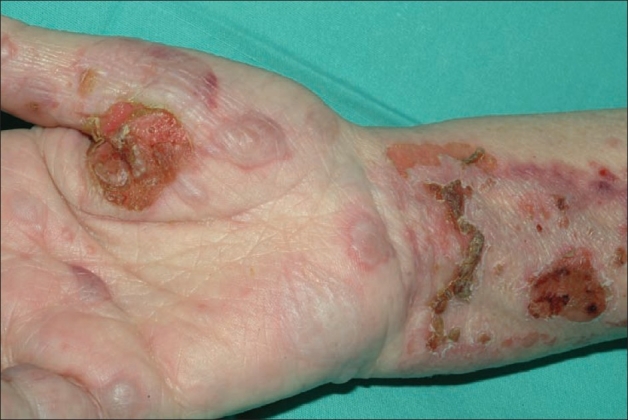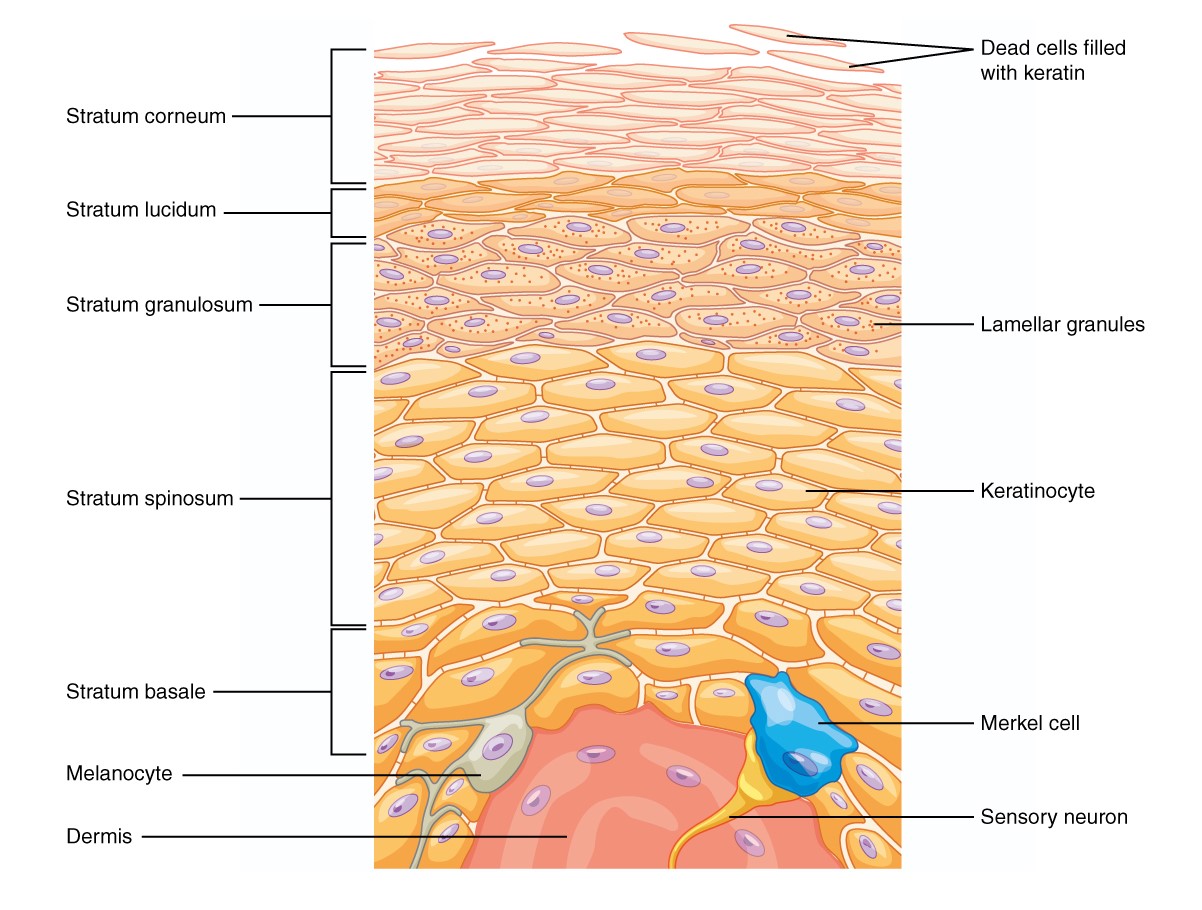Playlist
Show Playlist
Hide Playlist
Nikolsky's Sign
-
Slides Dermatology Inflammatory Skin Diseases.pdf
-
Reference List Pathology.pdf
-
Download Lecture Overview
00:02 Quickly, what does Nikolsky sign mean? The risk or tendency of the keratinocytes to separate. 00:08 That’s it. 00:10 If it’s positive, is that a good thing or bad thing? When is the last time you want to scrape your skin and it comes right off? It’s a bad thing. 00:18 So now, you tell me, which one was the vulgar disease? Pemphigus vulgaris. 00:22 That’s the one in which it would then be positive Nikolsky sign. 00:26 What do we call this medically? What if you don’t see the term Nikolsky? Then you’ll hear the term achantolysis. 00:33 Allow the name to speak to you. 00:34 Lysis of your keratinocyte. 00:36 Clear? Pressure is placed on the blister or the skin at question. 00:43 If the blister spreads laterally, then Nikolsky sign, obviously, is positive. 00:48 If it doesn’t, then it’s negative. 00:50 If it is positive, then you know it’s pemphigus vulgaris. 00:52 If it’s negative, then high in your differential is bullous pemphigoid, and make sure that you take a full history of your patient.
About the Lecture
The lecture Nikolsky's Sign by Carlo Raj, MD is from the course Inflammatory Skin Diseases.
Included Quiz Questions
A positive Nikolsky sign is seen with what skin condition in which there is acantholysis?
- Pemphigus vulgaris
- Lichen planus
- Erythema multiforme
- Systemic lupus erythematosus
- Bullous pemphigoid
Customer reviews
5,0 of 5 stars
| 5 Stars |
|
5 |
| 4 Stars |
|
0 |
| 3 Stars |
|
0 |
| 2 Stars |
|
0 |
| 1 Star |
|
0 |





